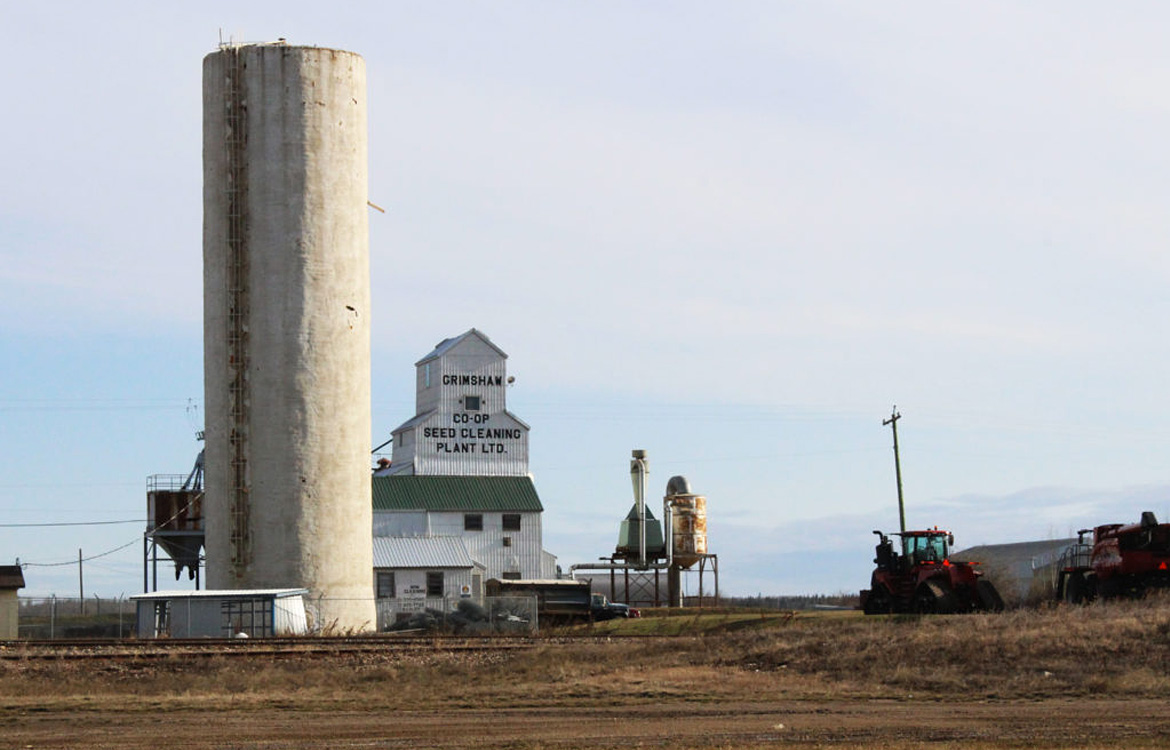To define what a co-op is
Co-operative businesses look different in different places. Strangely, where you call home can provide a different answer when you define what a co-op is.
From our perspective, a co-operative is a business model. In this model, the people who use the business generally also own and benefit from it. What kind of business it is doesn’t matter. Because, like corporations, a co-operative business can do and be anything.
Because of this, co-ops can be found in all sorts of places. But often a successful use of the model will inspire others to copy it. One type of co-op will get reiterated through a specific region. In this way, regional concentrations of specific types of co-ops can form.
Over time, people living around one type of co-op make assumptions about what kind of business a co-op can be. Unfortunately, these perceptions can limit the potential to use the co-op model in different, innovative ways.
Related: 4 co-ops you probably didn’t know were co-ops
For example, in western Canada, a co-op is a grocery store or a gas station. This is because hundreds of Co-op gas stations and grocery stores operate across the western provinces. So, people in this region think co-ops mean grocery stores or gas stations — and often don’t know a co-op can be something else.
In other parts of Canada and around the world, the word ‘co-op’ takes on a different meaning.

Someone from Resolute Bay or Cape Dorset in Nunavut will probably say a co-op is a store. They might also say a co-op is a hotel, cable TV provider, or recycling program. This is because co-ops in the region, which form the federation Arctic Co-operatives Ltd. (ACL), offer many more services than the co-ops across the prairies. ACL works with these locally owned co-ops to deliver important services communities would otherwise go without. Because of this long history of co-ops providing important services in Northern communities, people in the Arctic have a broader understanding of co-ops.
In New York City, the word ‘co-op’ usually means housing. About 75% of privately-owned apartment-style homes in The Big Apple are co-operatively owned, while only 25% are condominiums. Housing co-ops are so popular even Barney Stinson from How I Met Your Mother is on his co-op’s board.

People in the province of Quebec might have the best understanding of the co-op model. Quebec has over 2,400 co-ops (the most of any province or territory in Canada) that operate in a wide variety of industries. These include forestry, recreation, and the familiar co-op stores under the umbrella of wholesaler, La Co-op fédérée. A Quebecer’s definition of a co-op might best reflect the diverse uses of the co-operative model.
Related: Another 3 co-ops you probably didn’t know were co-ops
Whether hotels in the Arctic or housing in New York, the regional use of the co-operative business model impacts how we understand what a co-op is. But we shouldn’t let this limit how we use the model to build businesses and strengthen local economies. At Co-operatives First, we want people everywhere to know the potential of the co-op model and to use it for all the types of businesses we’ve talked about here — and many, many more.
Have a business idea? Want to know how it could work as a co-operative? Let us know – we can help! Or take a look at our expert tools at the Co-op Creator.

 Written by
Written by 


